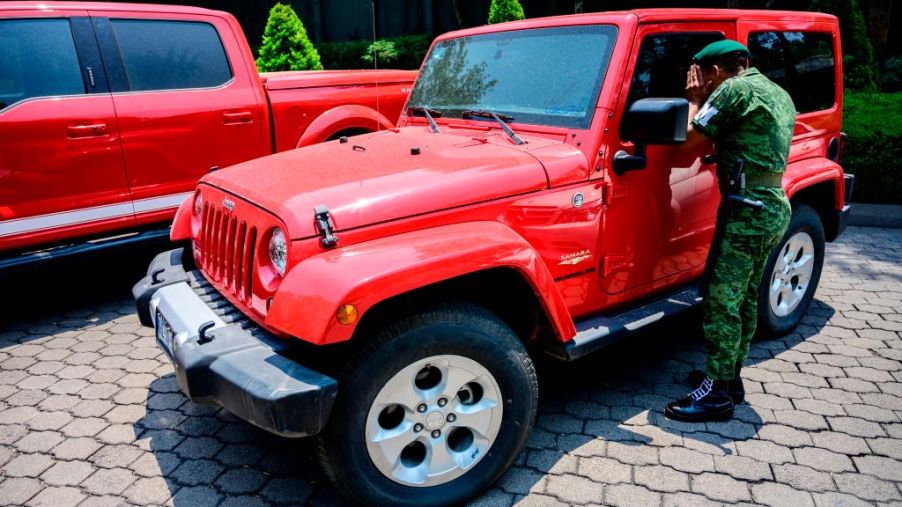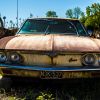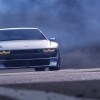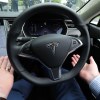
Jeep Wrangler Fans, Get Ready for Another Price Increase
Jeep has been supplying off-road enthusiasts with tools and platforms to express themselves and explore the unbeaten paths of the world. This year, Wrangler buyers will have an additional $250 mark-up to pay for their new rock climbing, mudslinging, king of the trail. What could Jeep owners have gotten for the additional $250? A fair bit in terms of aftermarket upgrades:
- Performance chips
- Mirror mover mounts
- Grille inserts
- Full-top front-facing LED light bar
- Diagnostic module
- Set of Hi-jacks for off-road use
- Aftermarket bumper
The list of potential benefits from the additional cost is virtually endless, as are options to customize Jeep frames, due to the massive number of aftermarket parts producers. Jeeps benefit substantially from the community facilitated by the massive number of aftermarket parts producers and the sort of people which off-roading tends to attract. It goes quite a long way to know that there are cosmetic and entertainment-related improvements on the table as well, such as body kits, speakers, and even tank conversion kits.
Will the new price affect Wrangler sales?
It is unlikely that the $250 price hike will affect sales, given the overall price of 2020 Wrangler models at points of $31,800 and $39,000. The $250 price hike is only about 0.78% of the total MSRP. Consumers typically aren’t fazed by sub-one percent price increases, even if the price rises several times over a period of years. This does not mean that they cannot be, just that they generally aren’t.
The new price may, however, affect sales of premium options purchased from the dealership. $250 is still $250, and with the amount of aftermarket availability, new Wrangler buyers may elect to spend their money outside of the dealership. Drivers commonly purchase their desired Jeep with minimal options outside of core and entertainment features, then build out the vehicle to their personal taste later on.
The price increase does not appear to be related to a change in Wrangler options, quality, or other factors, it seems to be a base price hike, perhaps due to the state of the economy overall. It is worth noting that this price increase comes shortly after being named the Motor Trend SUV of the Year.
Do drivers get anything more for their money?
No. This is a flat price hike, based on the available literature. There seems to be a slight paring out of technology from certain models in order to incentivize certain customer types to purchase specific vehicles. This will make it easier for Jeep to capitalize on market demand and increase sales across the board while producing vehicles using largely interchangeable parts.
Drivers may begin to reap some benefits as a result of increased margin on the vehicles over time, however, Adding a few hundred dollars margin per unit may enable Jeep to reinvest into R&D for their most popular vehicles.
Will the Rubicon trim still receive the royal treatment?
The Rubicon trim has, historically, received all of the finest features, including the best engine, suspension, and transmission options alongside a heavier rear differential and other trail-purposed improvements. This iteration of the Rubicon will not, however, see the best of all models. The Sahara Wrangler receives electronic assistance for start-stop environments.
The Rubicon may be left devoid of this feature due to market analysis by Jeep, however. If Sahara is the primary model which sells in cities, they may have left it out of the Rubicon entirely to keep prices lower while keeping city-based customers happy.
Aside from electronic torque assistance. The Rubicon has its pick of the litter in terms of engine, suspension, and virtually all other options.


